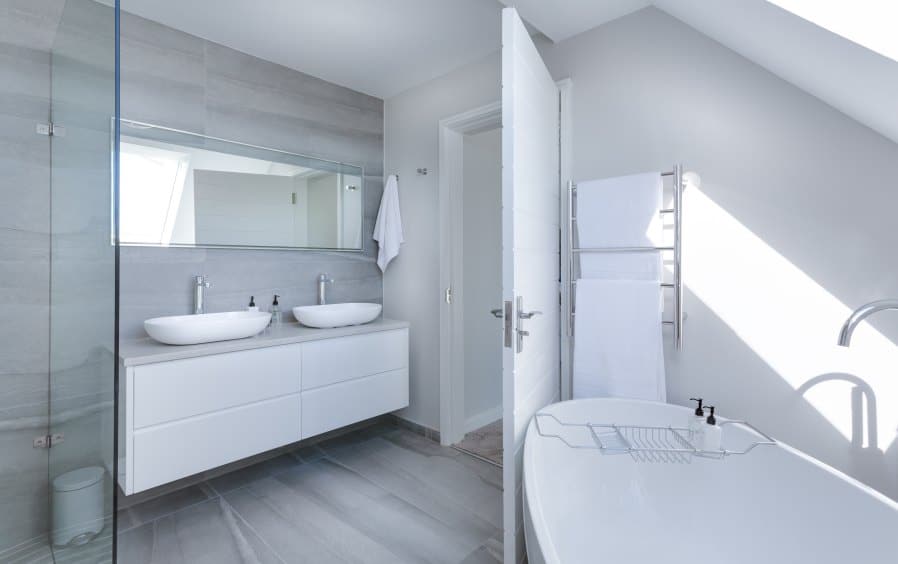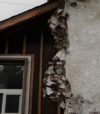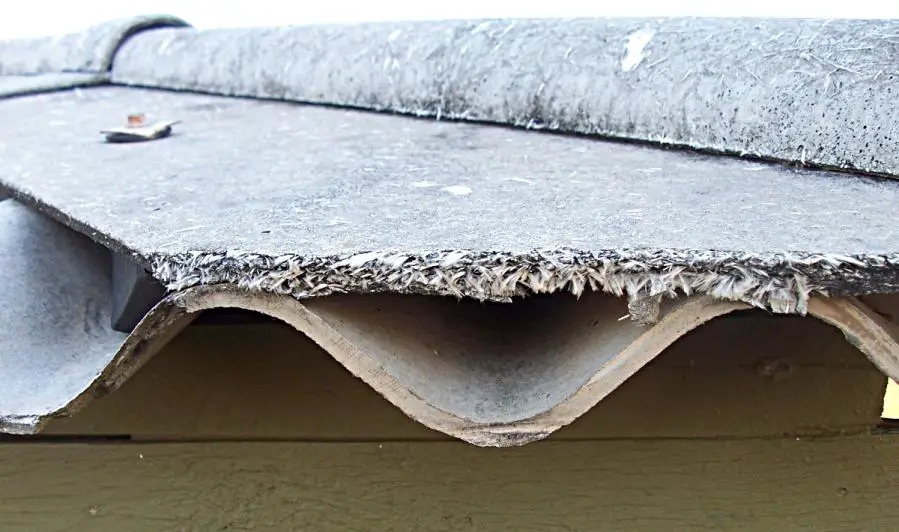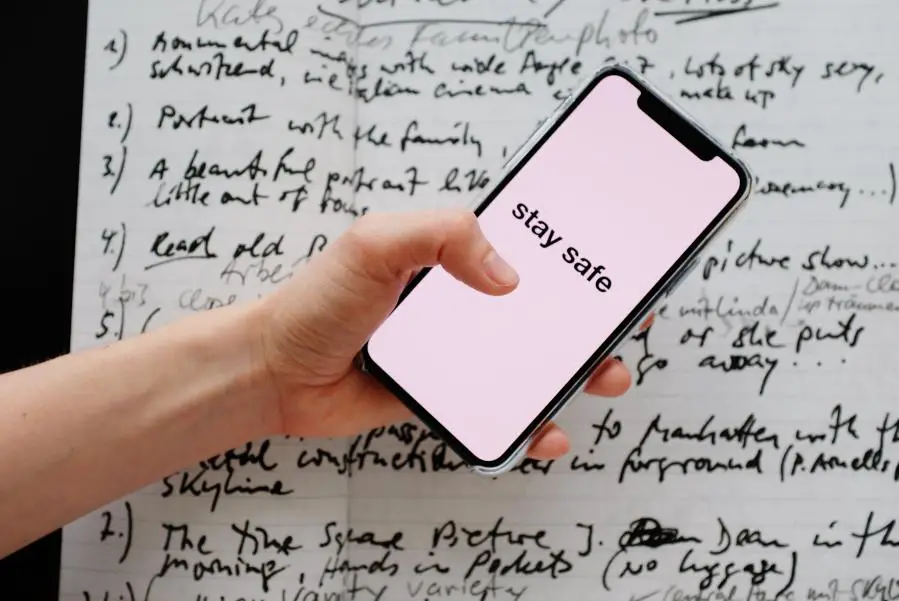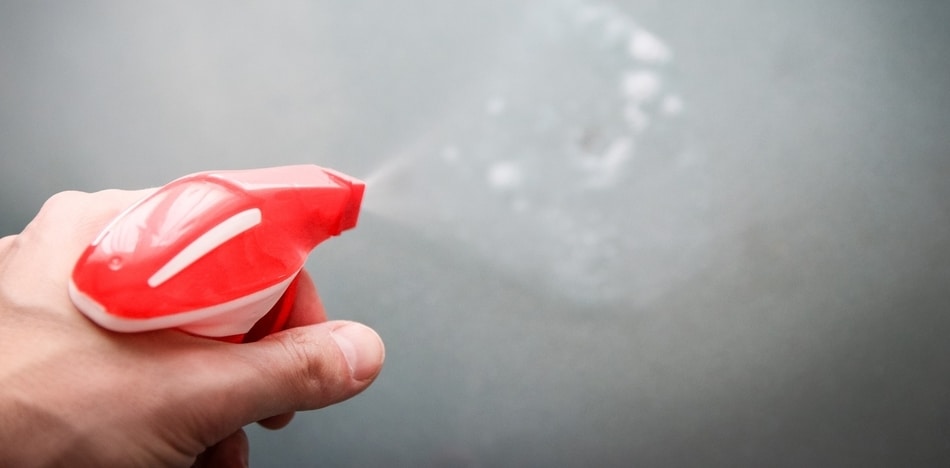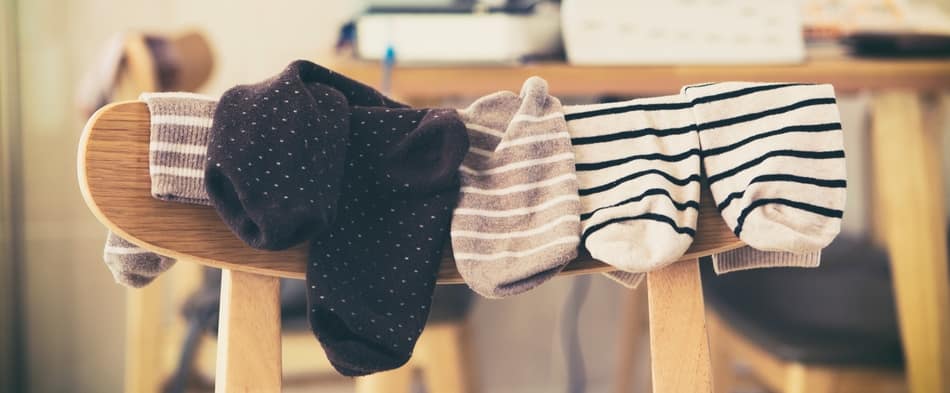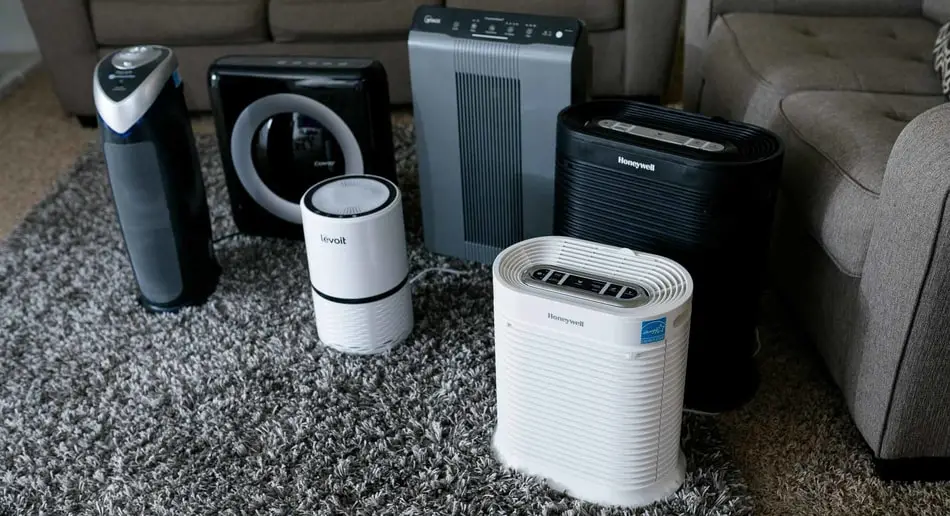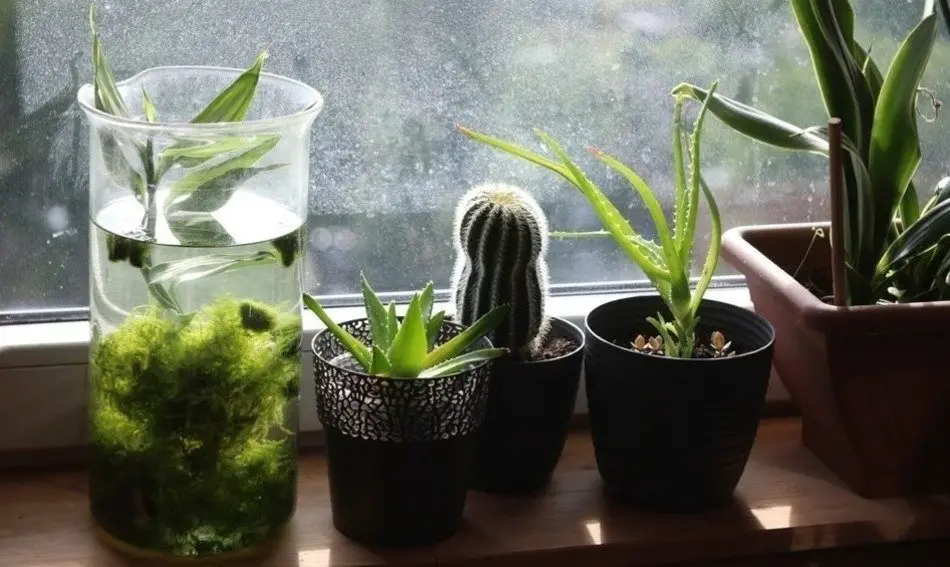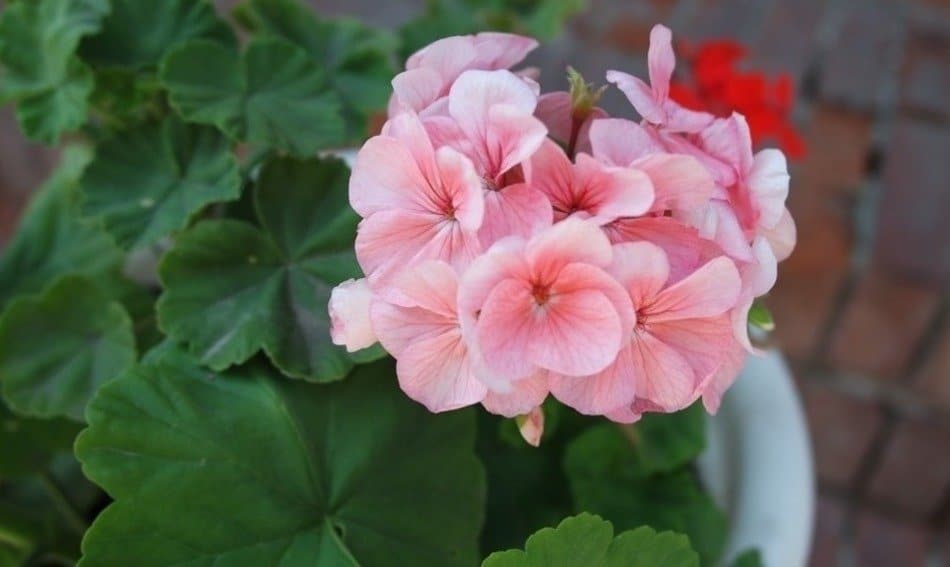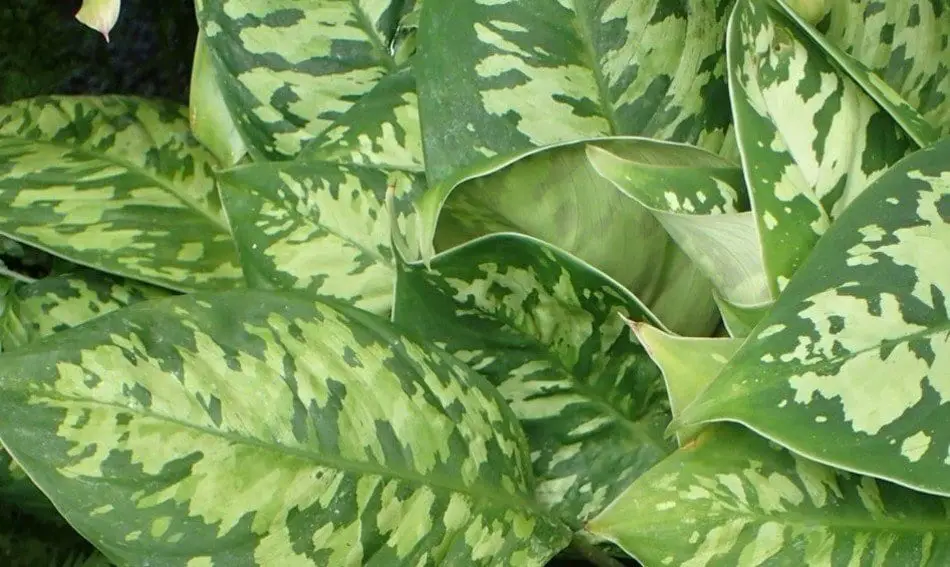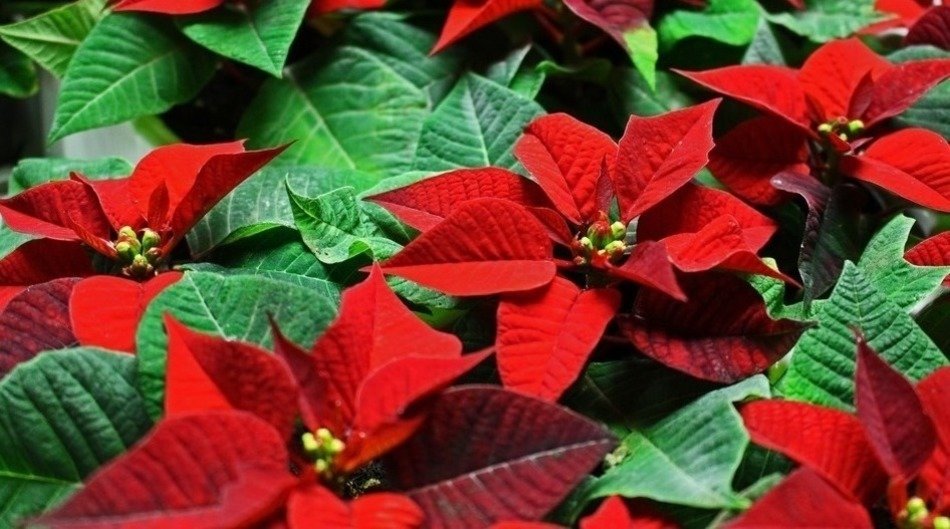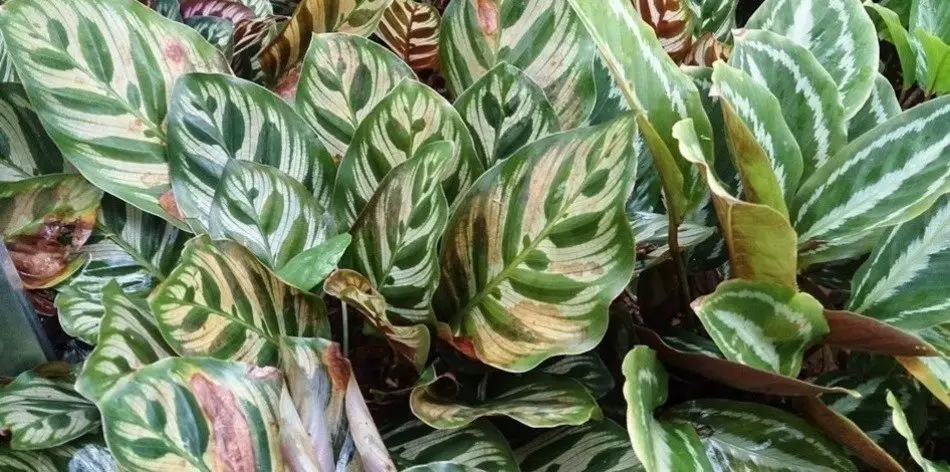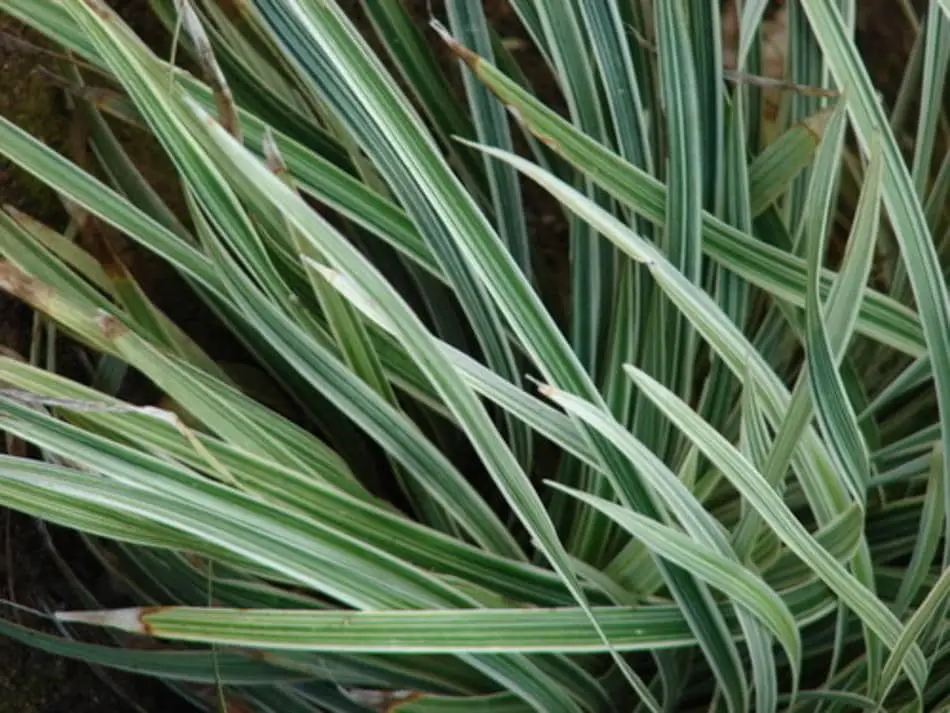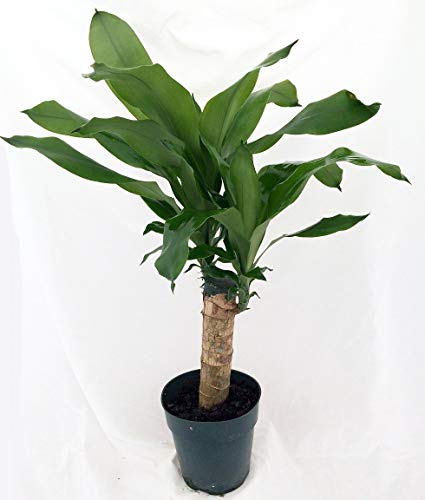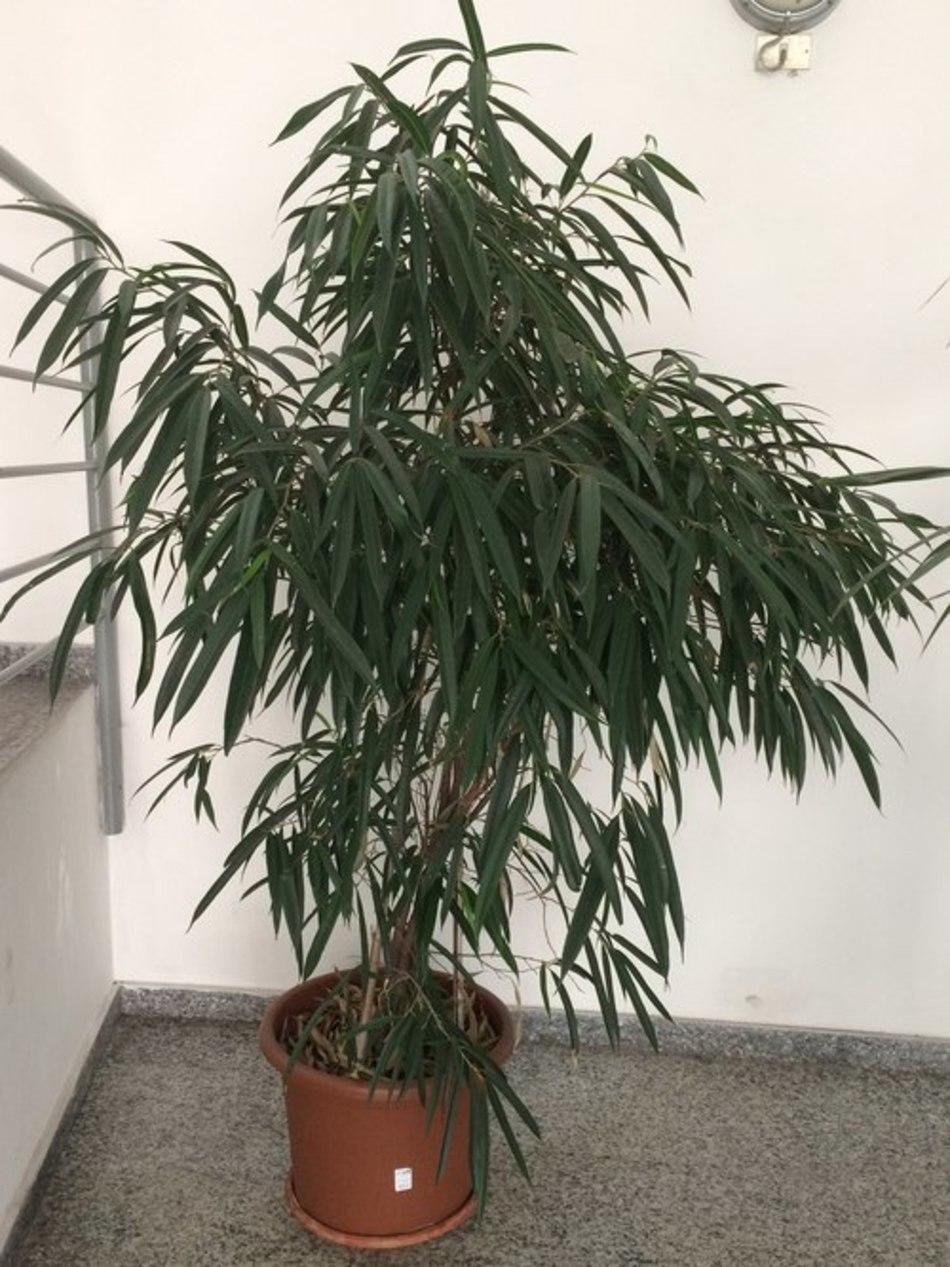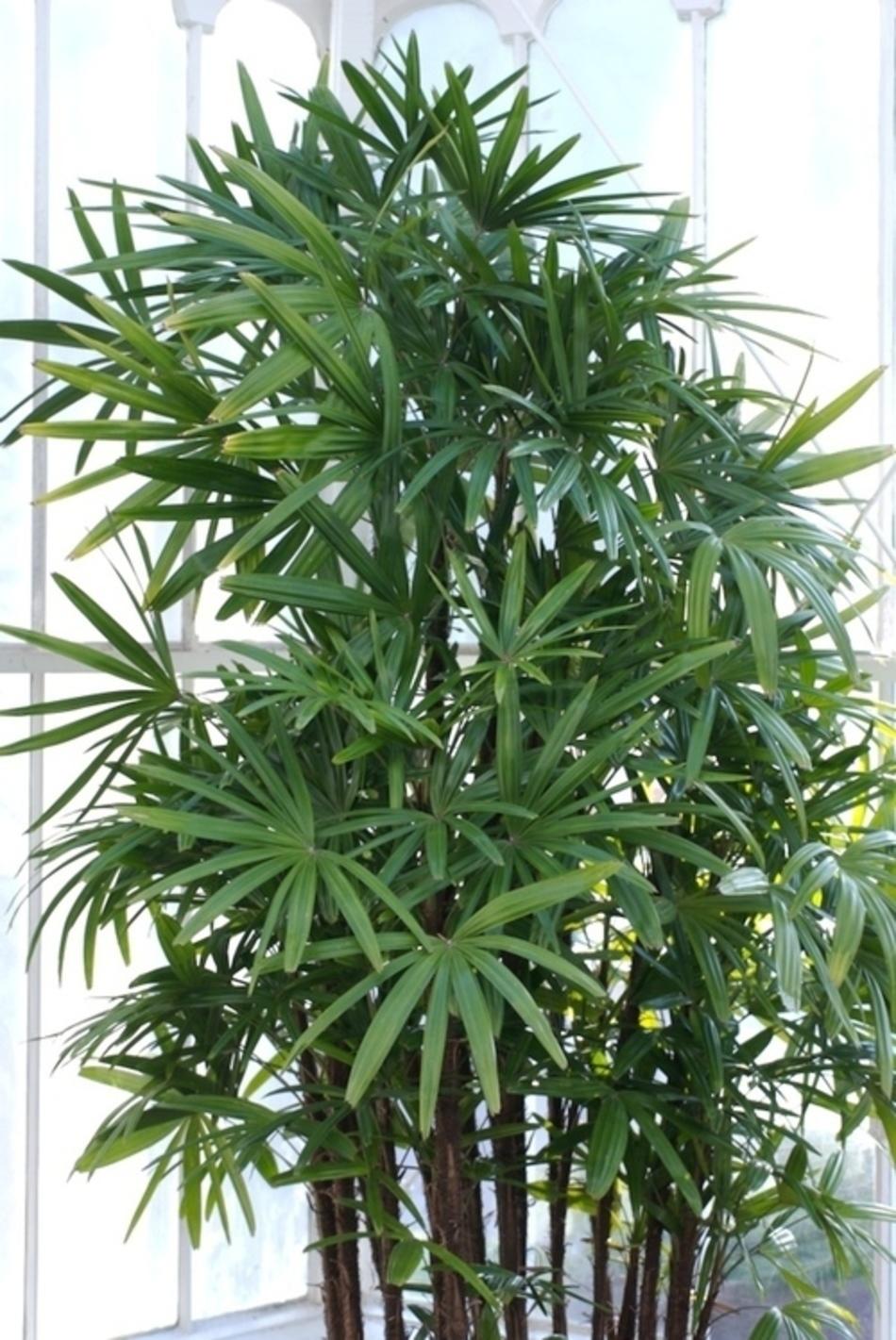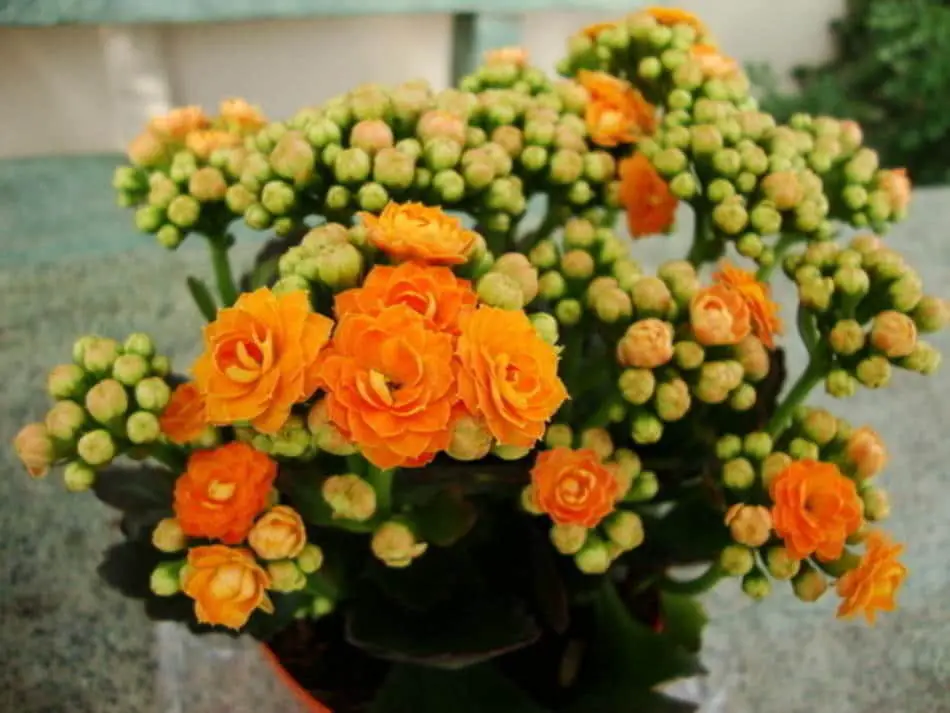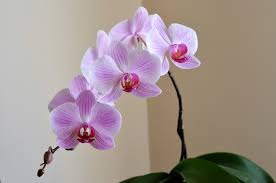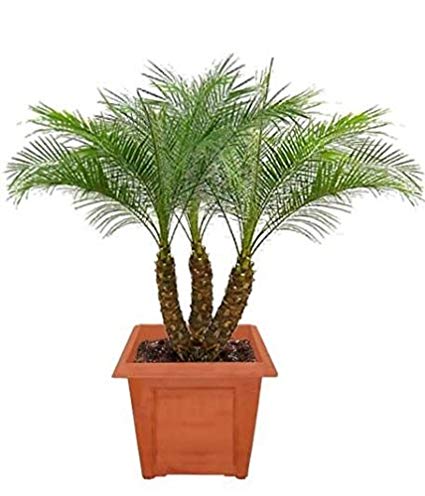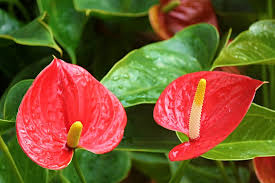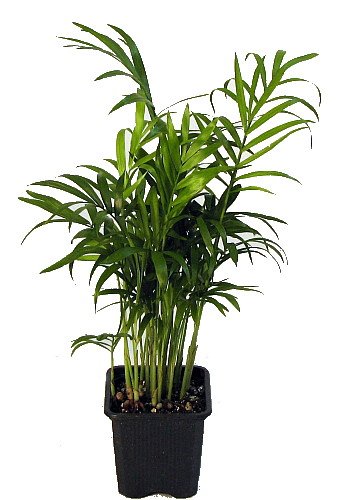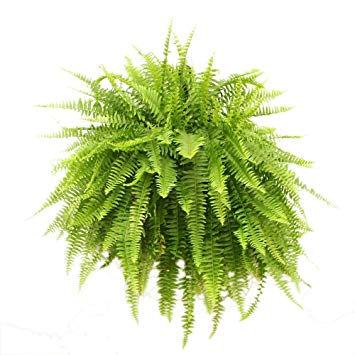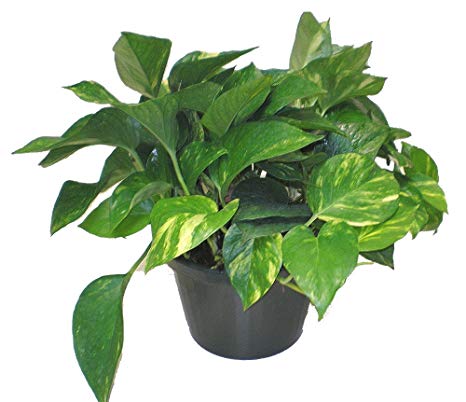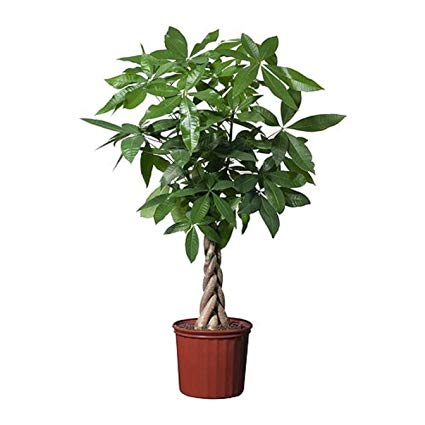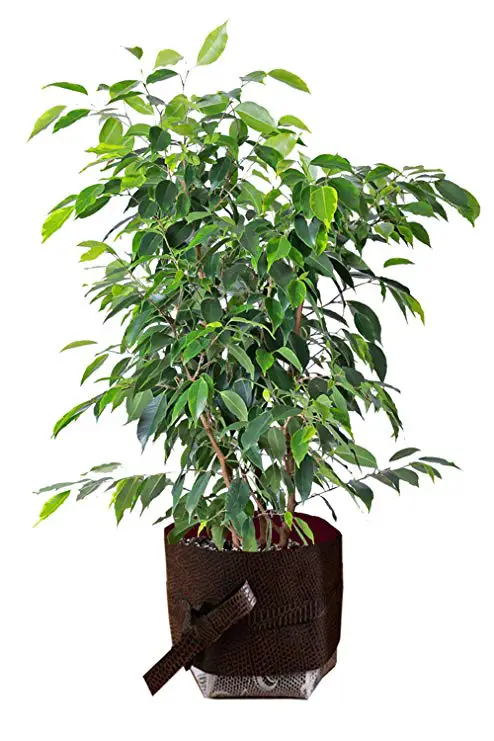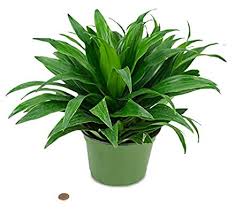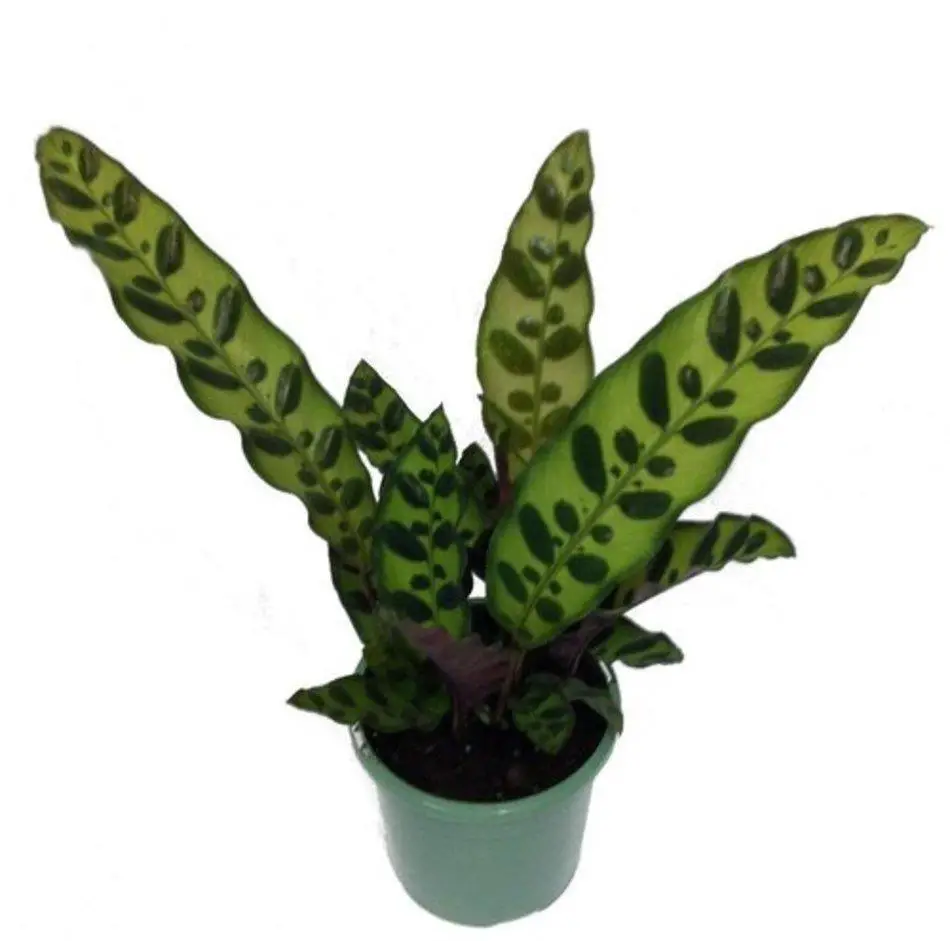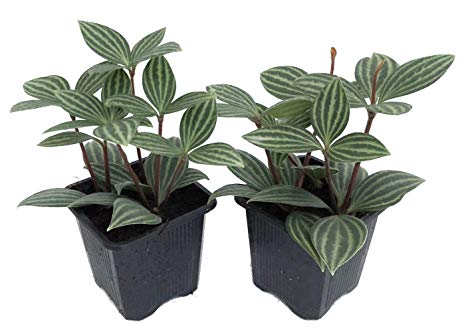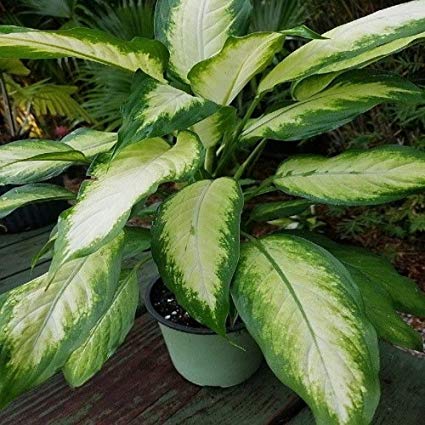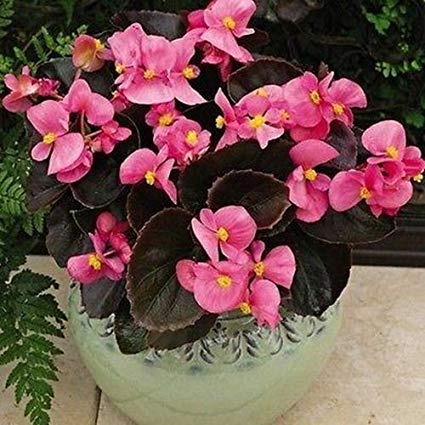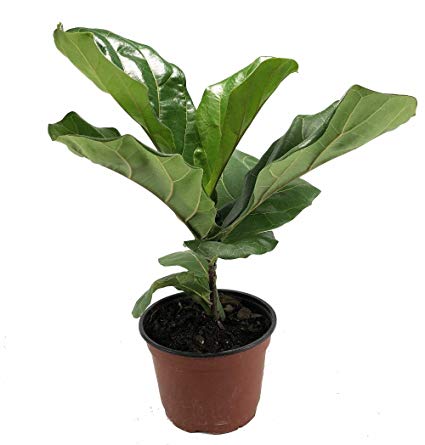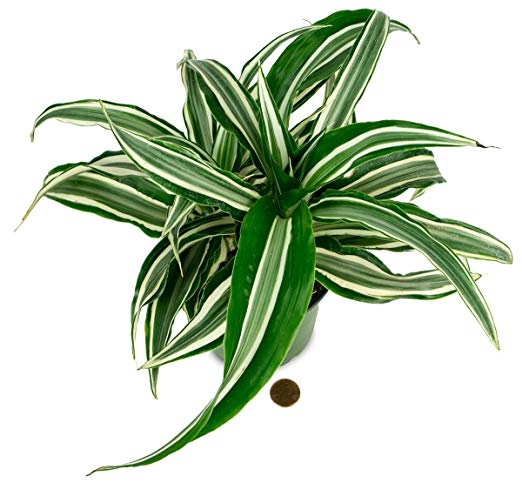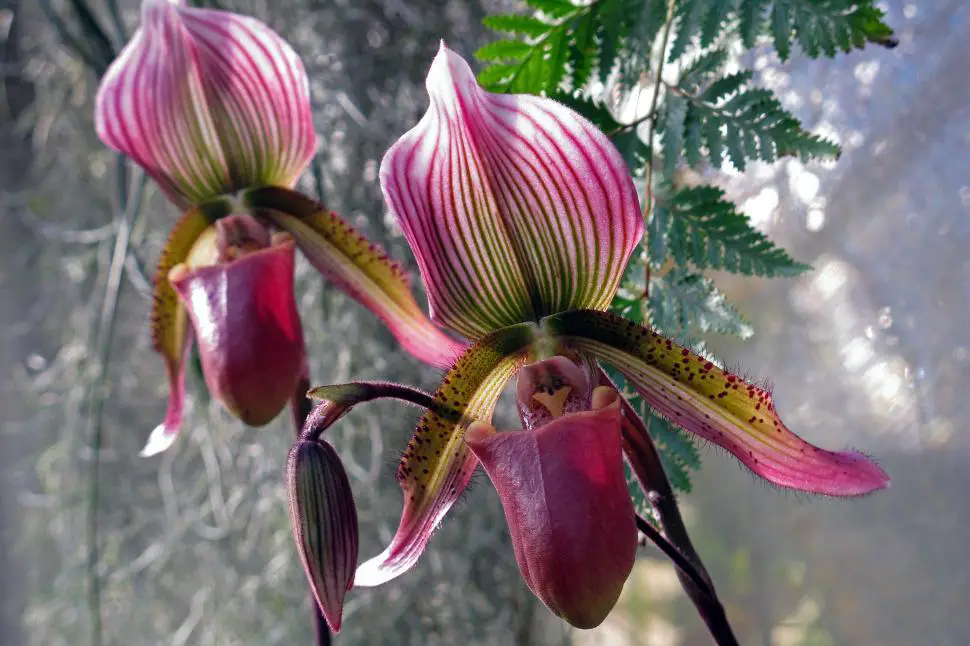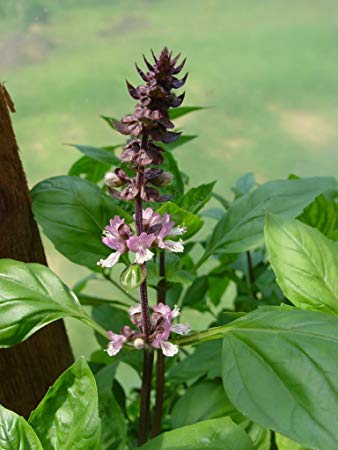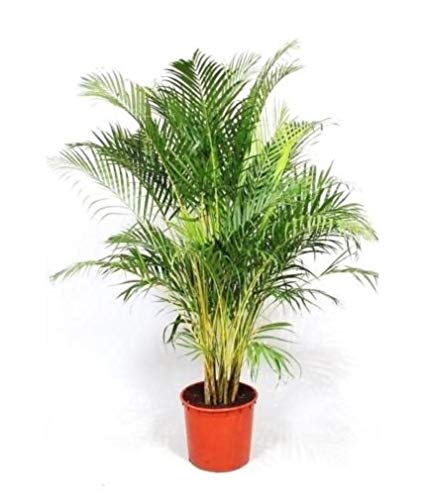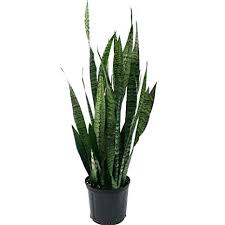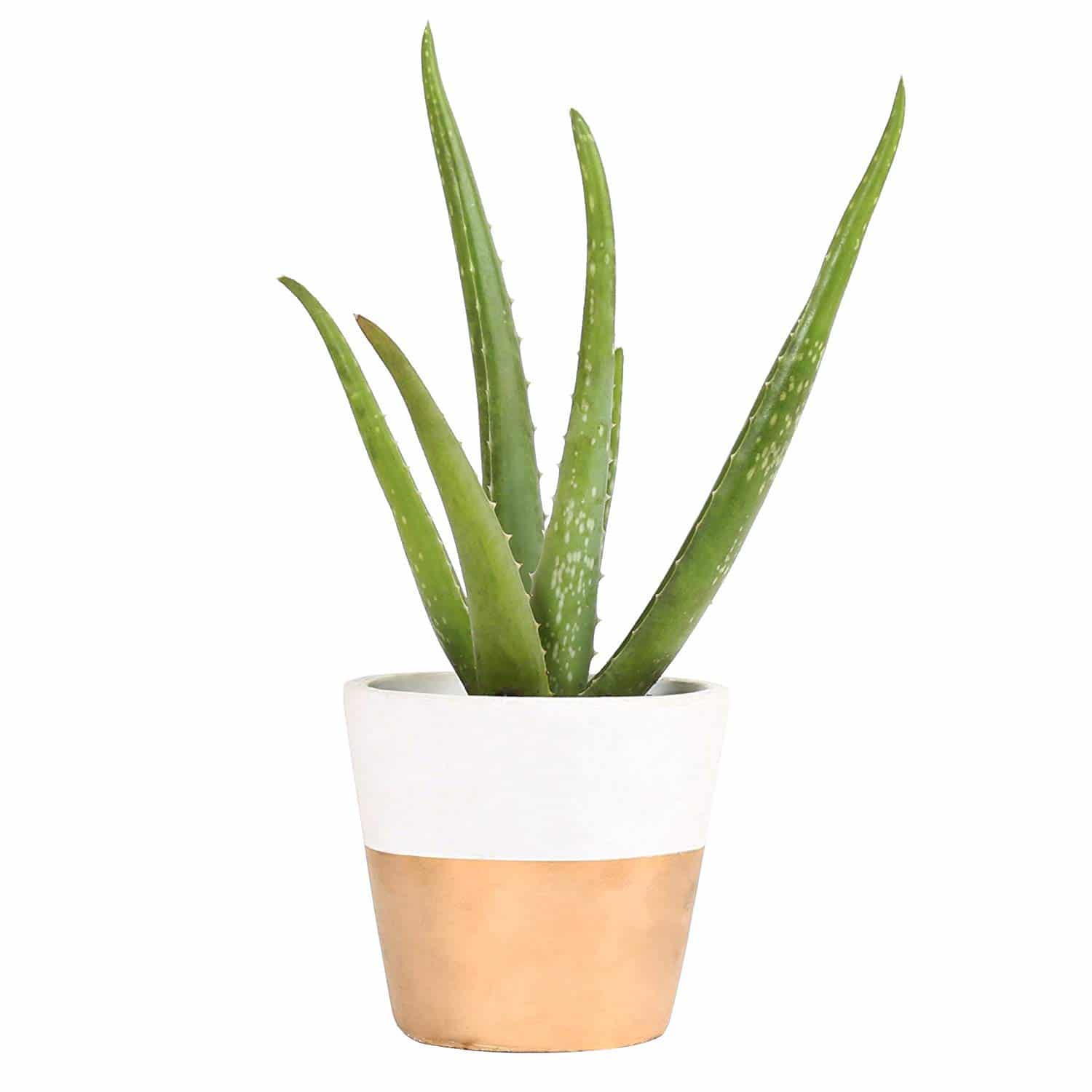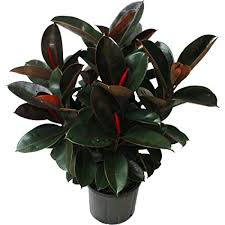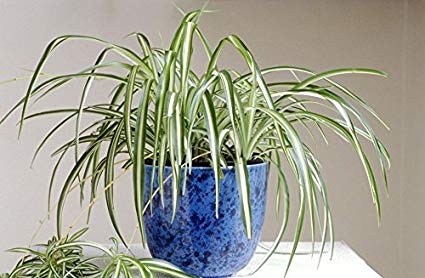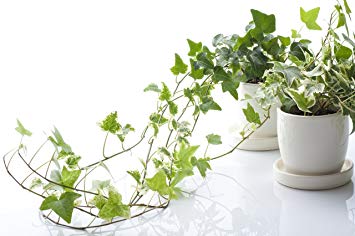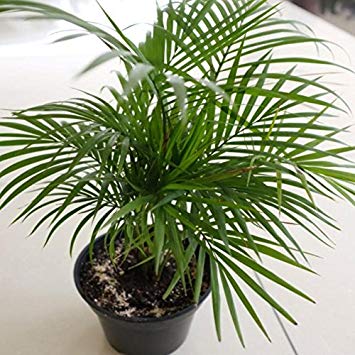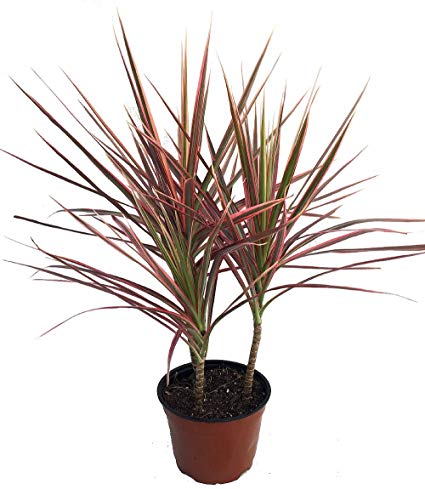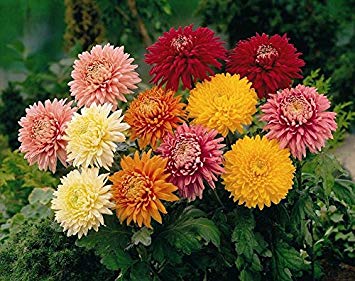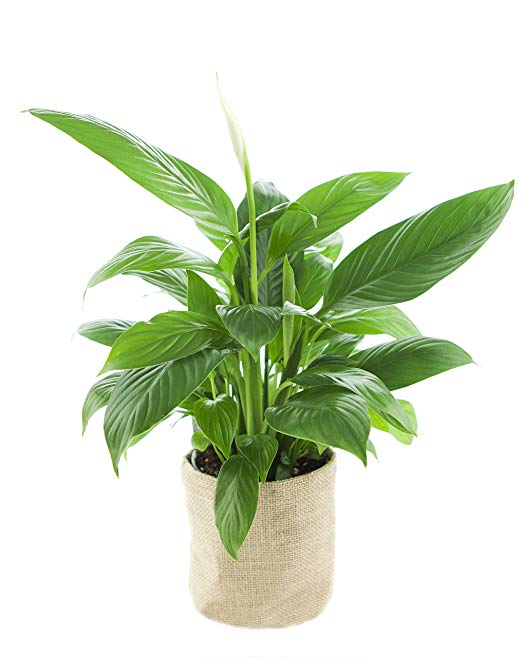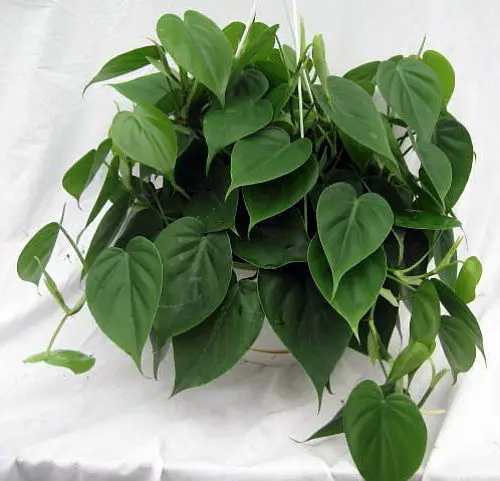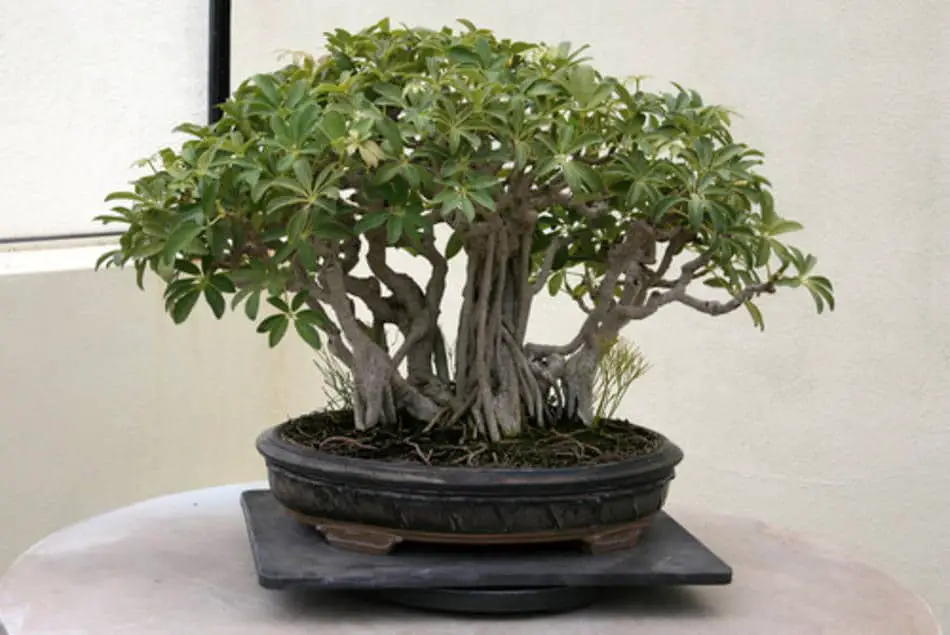
There are many things air purifiers can get rid of that its difficult to keep track especially when you start out trying to improve the air quality in your home. To this day I surprisingly can’t find one place that has a complete list of things air purifiers can get rid of. Accordingly, I decided to write this post as a one-stop resource for anyone trying to find out exactly what air purifiers can get rid.
So briefly put, what can air purifiers get rid of? Air purifiers can get rid of three major categories of pollutants. These include airborne pollutants in the form of particulate matter (e.g. dust and pollen), gaseous and vapor airborne pollutants (e.g. odors and volatile organic compounds) and finally, surface pollutants (e.g. mold and dust mite).
To list them, the 5 main groups of pollutants air purifiers can get rid of include,
- Particulate matter
- Odors
- Germs and Microorganisms
- Gases and
- Insects
Most of the things most air purifiers can remove are obviously airborne. However, there are some air purifiers that can even indirectly and directly help to get rid of pollutants or unwanted contaminants that you find on surfaces.
I detail all of the things air purifiers can remove in this post starting with the different types of air purifiers and what major category of pollutants they each remove and then in the rest of the post I give you a complete list of things air purifiers can get rid of. For each pollutant on my list, I also tell you what type of air purifier you will need to eliminate it.
Beyond listing the different pollutants that can be eliminated, its my hope to point you in the right direction when it comes to what air purifier you should choose for the type of pollutant you are trying to get rid of.
Different Types of Air Purifiers & What Major Pollutants They Can Remove
HEPA Air Purifiers
HEPA air purifiers are mechanical and filter based air purifiers that use a HEPA filter. They remove pollutants from the air by drawing air into their core and trapping pollutants in the air through a sieving mechanism enabled by the HEPA filter. The HEPA filter has tiny holes which allow particles of a certain size to go through and larger pollutant particles not to go through and remain trapped on the filters.
Once polluted air passes through the core of a HEPA air purifier it comes out cleaner than it was. The air gets cleaner and cleaner the more times it passes through the purifier’s filter core.
HEPA filters can unfortunately only trap air pollutants that are as small as 0.1 microns. This means they can only work for particulate matter and not gaseous pollutants (e.g. odors and VOCs) which are all much smaller than 0.1 microns.
HEPA air purifiers will also not work for pollutants that are not airborne. As their fans only have enough power to draw air and feather-light floating particle into their core, HEPA air purifiers cannot move particles that have already settled or are growing on surfaces. So stick to HEPA air purifiers if you only want to get rid of airborne particulate pollutants.
Electrostatic & Ionic Air Purifiers
Electrostatic and ionic air purifiers work by using electricity to attract and neutralize pollutants. The difference between the two is that ionic air purifiers release negatively charged air particles into the air which attach to pollutants and neutralize them in the air while electrostatic air purifiers create a negative charge on a set of metal plates within the core of their unit which draws and attracts oppositely charged pollutants out of the air.
Simply put ionic purifiers chase particles in the air with negatively charged ions while electrostatic air purifiers attract and collect particles out of the air using negatively charged metal plates. Once ionic air purifiers neutralize pollutants, the neutralized particles are not collected as they are by electrostatic air purifiers in a collection compartment but rather fall to the ground and settle on surfaces around your home and you have to clean up the mess afterwards.
Despite the mess with ionic air purifiers, at least your air gets cleaned at the end of the day. As for what these purifiers remove from your air, they will only get rid of airborne particulate matter that’s greater than 0.3 microns. This means besides gases and surface pollutants they even fail to clean a lot of ultra-fine particulate matter. That said they perform well for germs, viruses, and bacteria hence their popularity in hospitals.
Ozone Generators
Ozone generators work by releasing ozone into the air which in turn reacts in a chemical reaction with pollutants and turns them into carbon dioxide and water molecules. Depending on what pollutants are in the air, ozone can adversely react chemically with pollutants turning them into toxic molecules.
Moreover, ozone is known for speeding up off-gassing from household goods, causing them to release volatile organics compounds (VOCs) and some dangerous gases much faster which is not good for your indoor air. That said ozone is able to get rid of mold effectively and is commonly used to clean out odors during intense spring cleaning by professional cleaning services.
Of all the air purifiers I have seen, ozone generators are the only type of air purifier that can clean or deal with pollutants on surfaces. Ozone can kill mold and mildew on walls and dust mites on your bed and curtains. It’s such a powerful cleaning agent, and can even kill tiny creators like insects and roaches.
Its so strong that it is harmful to humans and animals causing respiratory and eye irritations and if you are not careful can also kill small pets, like birds, and lizards. Hence, I always recommend hiring a professional cleaning services firm for once off quarterly spring cleans with ozone generators rather than using an ozone generator yourself.
All in all ozone generators can remove all three major pollutants with the limitation that it can react with some air pollutants to leave behind toxic by-products. So to get the most out of ozone air purifiers, my suggestion is to have a second air purifier that can get rid of toxic airborne substances left behind after running an ozone generator.
UV Air Purifiers
There are two types of UV air purifiers you can get. The pure Ultra Violet (UV) purifier and UV Germicidal Irradiation (UVGI) air purifiers. Both work the same way but UVGI just has a higher intensity UV light. Just as the UV in natural sunlight, UV purifiers work by incinerating germs, bacteria, viruses, and microorganisms floating in the air.
They also draw air using fans into their core where the UV bulbs are based and shine concentrated UV light on air pollutants passing through. In addition to airflow they also use convection currents to draw pollutants into their core.
Unfortunately, UV air purifiers can only deal with airborne microorganisms and are useless for other particulate matter, gasses, and more especially pollutants on surfaces. For better use of UV purifiers, you would rather get one that comes combined with another type of air purifiers like a true-HEPA or electrostatic air purifier.
PCO Air Purifiers
Photocatalytic Oxidation (PCO) air purifiers work by drawing pollutants using fans into a reaction chamber where they are incinerated and turned into carbon dioxide and water vapor. The reaction contains a bulb which shines an enhanced spectrum of UV light onto a thin film of metal that absorbs pollutants and acts as a catalyst for a rapid oxidation process in which the pollutants it absorbs are literally destroyed by being burnt.
With a PCO air purifier, you can get rid of air particles as 0.0001 microns. This means they can get rid of nearly any gas and airborne particulate matter and they don’t just trap particles but literally destroy them. The problem with PCO air purifiers is that the best devices for your home are on the expensive side.
Unless you have the budget for one, resort to PCOs when your main concern is gaseous pollution and odors. If particulate matter is your main indoor pollution concern then a HEPA air purifier will do just fine.
TSS Air Purifiers
Thermodynamic sterilization air purifiers destroy air pollutants by heat sterilization using a ceramic core with micro-capillaries which heats up to 200 °C (392 °F). This type of air purifier relies on air convection for air to pass through its core and once it cleans this air it is immediately cooled using heat transfer plates and released back into your home.
TSS air purifiers are known for getting rid of microorganisms. They can also get rid of odors and some gases and other particulate matter. There is only one brand (Airfree) of TSS air purifiers I have seen so far on the market and these guys don’t make any claims that their device can remove all types of air pollutants. Stick to TSS purifiers if you want to specifically get rid of certain but not all gaseous and particulate pollutants.
Air Revitalizers
Air revitalizers are water-based air filtration systems. Their core has water as an air filter. They extract air from your room using a fan, pass it through water and release it back into your room as water vapor or mist. They work like humidifiers in a way with the exception of actually cleansing your air.
You don’t want this kind of air purifier if your humidity levels are already high but they can serve you well in dry weather conditions. Air revitalizers can filter out certain gaseous air pollutants and odors and some insoluble particulate matter. Like TSS air purifiers they won’t get rid of every type of airborne gas and particulate.
Adsorbent Air Purifiers
Adsorbents are materials that absorb gases and odors. Some common adsorbents include activated carbon, baking soda, coffee, and volcanic minerals. Adsorbent air purifiers can literally be a porous bag containing one of these substances. However, you also find your typical convection and fan-based air purifier which contain a filter core made out of an adsorbent.
The most common I have seen is an activated carbon air filter. Like UV light air purifiers such air purifiers are better placed when they are combined in one unit with other purification technologies such as HEPA, Ionic or PCO air purifiers.
The best combination from a cost and pollutant filtration capacity perspective is a HEPA and activated carbon combo. Besides the actual machine type air purifiers, as I briefly touched on earlier, you can also get adsorbents on their own either in a can or air purifier bag. Cans and bags are usually used for odors but they can absorb other dangerous gases.
You just place these as close to your source of pollution as possible and they naturally absorb the odors. The adsorbent can only remove certain gas pollutant from your air and are useless for particulate matter. Combine adsorbents with other types of purifiers to remove both airborne particulate matter and gases.
Combo Air Purifiers
So I have talked about combining air purifiers under some of the types of air purifiers. You can get air purifiers with up to 5 different purification technologies contained in their core. The challenge with this type of device is that it becomes difficult to maintain when you have to replace its different parts as they wear out.
Rather go for combo air purifiers with 2-3 technologies and the technologies should give you the best of both worlds from one device and remove both gases and particulates from the air. I swear by the PCO and activated carbon and the HEPA and Activated Carbon combo. Additionally, on the HEPA and activated carbon combo, you can get one with a UV light air purifier.
If you want more detail on the different types of air purifiers, you can check out my more comprehensive guide here. Now lets delve into the different pollutants that can pollute your indoor air and which types of air purifiers will work best for each of them.
List of Pollutants That Air Purifiers Can Remove
1. Mold & Mildew
What Is It: Mold and mildew are particulate matter. They are fungi that grow on walls and various surfaces and become airborne.
Source: Mold and mildew are naturally present in the air but they can infest your home if your home is not well cleaned and has damp or high humidity levels. Basement, bathroom, and kitchens are the usual breeding grounds for mold. Once mold and mildew start growing on walls, it means your indoor air is badly polluted with mold. You can test your house before the mold is visible to see if you have dangerous levels of mold present in your air.
Dangers: Mold and mildew flare up allergies and can make you really sick. You can get sick building syndrome, fungal infections, and allergic reactions like rashes, asthma attacks, watery eyes, and runny noses. They even affect your mood with some researchers saying they contribute to depression.
Which Air Purifier Can Remove It: Use HEPA, PCO, TSS to get rid of mold and mildew. In addition, use a dehumidifier to deal with moisture, and ensure proper drainage and plumbing to prevent damp on your walls and floors.
2. Aspergillus Fungus
What Is It: This is just a type of mold.
Source: Warm damp weather and indoor conditions.
Dangers: Aspergillus spores can be 2-3 micrometer in diameter which enables them to penetrate deep into our lungs, even as far as individual alveoli. They result in sinusitis, runny noses, and other allergic reactions.
Which Air Purifier Can Remove It: Use PCO, HEPA, and TSS to remove them.
3. Germs, Viruses & Bacteria
What Is It: Germs including bacteria and viruses are particulate matter ranging from 0.004 to 10 microns in size.
Source: Airborne germs come from many places. Some of the common places include people coughing and sneezing, pets, and even bacteria colonies built up in your air con if it’s not maintained.
Dangers: Airborne germs in your home can cause you to catch different types of flu, eczema, and other communicable infections. Meningitis, TB, chicken pox and many other diseases can be caught through indoor air and air purifiers can help minimize the chances of this happening in your home.
Which Air Purifier Can Remove It: Use, PCO, TSS, HEPA, Ionic or UV air purifiers to get rid of airborne germs around your home.
4. Dust Mite
What Is It: Dust mite are particulate matter and they are microscopic insect-like pests. They actually look like spiders when you look at them on a microscope.
Source: Dust mite are naturally everywhere but they thrive in homes where there is a lot of dust, warmth, and humidity. Their colonies grow rapidly in homes where there is a lot of dead skin flakes from pets and humans for them to feed on. If such conditions are sustained long enough, they start to reproduce on beds, blankets, curtains and other fabrics around your home.
Dangers: Dust mite themselves are not dangerous but what’s dangerous about them is their fecal matter and body parts once they die. These become airborne and when inhaled can cause asthma flare-ups, skin irritations, and other allergies.
Which Air Purifier Can Remove It: You can use ozone generators to kill dust mite on surfaces like curtains, furniture, and bedding’s but take the necessary precautions to protect yourself against ozone. As for airborne dust mite pollutants, PCO and HEPA air purifiers will serve you well.
5. Cockroach Pollutants
What Is It: I think we all know what roaches are. They cause particulate pollution in your home.
Source: They are part of our living world and they normally infest places and homes where rubbish and food is left out in the open for too long.
Dangers: Like dust mite cockroach feces and body parts also trigger various allergies and other irritations in some people.
Which Air Purifier Can Remove It: Ozone generators are not as effective for cockroaches but HEPA and PCO air purifiers perform well against airborne feces and body parts they may leave behind.
6. Pet Hair
What Is It: Pet hair is particulate matter. It consists of tiny microscopic flecks of skin from cats, dogs, birds, and other feathered and furred pets.
Source: Pet hair comes from pets shedding their skin naturally or from rubbing on surfaces, scratching or being stroked by their owners among other things.
Dangers: If you pets, over time these tiny specs of hair become airborne and if inhaled or triggers allergic reactions in some people.
Which Air Purifier Can Remove It: Many types of air purifiers are designed specifically with pet owners in mind and they include HEPA, PCO, and ionic air purifiers. These will all help remove pet hair in your indoor air.
7. Pet Dander
What Is It: Dander is related to pet hair. It is microscopic skin particles which are naturally shed periodically by pets.
Source: Dander comes from mammals to reptile pets which all shed skin periodically as part of their natural skin replacement process.
Dangers: Dander can collect on your bedding’s, furniture and various surfaces around your home in addition to being airborne. It triggers rhinitis and various other allergies in humans.
Which Air Purifier Can Remove It: You can also get rid of pet dander using HEPA, PCO and ionic/electrostatic air purifiers. Take note that if I mention ionic air purifiers this also means electrostatic purifiers can help.
8. Skin Flakes
What Is It: Skin flakes are pretty much like pet dander and in addition to animal skin flakes you also get human dead skin.
Source: Skin flakes spread around your home as you scratch your skin, especially when it’s dry, and naturally as your body replaces dead cells.
Dangers: Skin cells from humans are not dangerous. However, both human and animal skin cells are the main part of what microorganism like dust mite and bed bugs in your home feed on.
If your house is full of skin flakes in the air which eventually end up on surfaces then you create an environment where these microorganisms can thrive. The microorganism, in turn, causes a variety of problems for humans and pets but mainly allergies.
Which Air Purifier Can Remove It: Get rid of skin cells in your air before they collect on surfaces using PCO and HEPA air purifiers.
9. Pollen
What Is It: Pollen is particulate matter and a coarse powdery substance containing pollen grain which is a male plants version of sperm.
Source: Pollen comes from plants and usually plants release pollen in large quantities of spring and summer as part of their reproductive process. Pollen is then spread from male to female plants through the air and through insects.
Dangers: Pollen spread through the air enters and becomes airborne in homes. It can trigger asthma attacks but more commonly pollen causes hay fever.
Which Air Purifier Can Remove It: If you have any reactions to pollen you can use PCO and HEPA air purifiers to significantly reduce the amount airborne pollen in your dwelling.
10. Insects
What Is It: Insects are among the largest group of invertebrates and they cause particulate pollution in your home.
Source: They are naturally everywhere outdoors. The main culprits are airborne insects that fly into your home after shelter, food, and light.
Dangers: Some insects bite and can spread viruses by biting or stinging you, while others release fecal matter into your air which causes you all sorts of allergies and others have allergy causing body parts which become airborne in your home once they die and you are prone to inhaling their remains.
Which Air Purifier Can Remove It: The first line of defense against insects when it comes to air purifiers is mesh screens for doors leading outside your home. A good example of this is Magic Mesh. Next PCO, Ionic, and HEPA air purifiers can help to greatly reduce pollutant byproducts of insects and some air purifiers even clean out tiny airborne insects like mosquitoes and gnats.
11. Dust
What Is It: Dust is simply fine particles of solid matter that settles on surfaces.
Source: It generally is in the atmosphere and comes from soil, and day to day human activity like driving and construction and is blown into the air by the wind. You also get dust forming from a collection of dead human and animal skin in your home.
Dangers: The main concern with dust is that it causes allergies. Besides this, it can cause various lung diseases. People with sinusitis are no stranger to how dust can really cause you discomfort. Besides health problems dust can make your house dirty and stuffy and unpleasant to live in. There is so much more to be said about dust but we can all generally agree that we want minimal dust in our indoor air.
Which Air Purifier Can Remove It: HEPA air purifiers are your best bet with dust but you can also use PCO, TSS, Revitalizers and PCO air purifiers to deal with it. Stick to true-HEPA air purifiers for the finest of dust particles.
12. Lead
What Is It: Lead is a heavy metal and particulate pollutant in the air in the form of dust.
Source: In the home, it comes from lead-based paints and materials and from traffic pollution.
Dangers: Lead cause a variety of problems including slow growth, brain damage, irritability, abdominal pain, fatigue, headaches and a host of other problems.
Which Air Purifier Can Remove It: Get rid of airborne lead indoors using HEPA and PCO air purifiers.
13. Asbestos
What Is It: Asbestos is a collection of long tiny fibrous crystals that can be found in your air as particulate pollutants.
Source: Asbestos is used in a lot of products because of its favorable properties. It’s mostly used in building materials and that’s how it mostly gets into your home’s indoor air.
Dangers: Asbestos is a known carcinogen. When inhaled its fibers cause abrasion and aggravate lung tissues causing them to scar. You will get eventually get shortness of breath, and a dry crackling sound in your lungs when inhaling if you exposed to asbestos in dangerous quantities.
Which Air Purifier Can Remove It: Get HEPA and PCO air purifiers to remove asbestos from your indoor air.
14. Traffic Pollution
What Is It: Traffic pollution consists of VOCs and particulate matter including, dust, benzene, lead, carbon monoxide, and many other pollutants.
Source: It comes from cars commuting on roads
Dangers: It can cause lung damage, breathing and neurological problems, and also your home to become covered with soot and dirt.
Which Air Purifier Can Remove It: Get rid of traffic pollution with an activated carbon HEPA air purifier or PCO air purifier also combined with activated carbon.
15. Second-Hand Smoke
What Is It: Second-hand smoke is tobacco or marijuana smoke inhaled involuntarily by others who are not doing the smoking. It consists of both particulate (tar) and gaseous (odor) pollutants.
Source: This all comes from humans smoking inside or near your home.
Dangers: Tobacco cause numerous health problems including sudden infant death syndrome, asthma attacks, ear infections, and respiratory problems. Long term exposure leads to cancer. Things are not as bad with weed smoke but you can get mentally impaired with long term exposure. Besides all this stuff smells bad if you are not a smoker and you do not want your baby or child breathing secondhand smoke.
Which Air Purifier Can Remove It: You will need an activated carbon HEPA or PCO air purifiers to deal with second-hand smoke.
16. Wildfire Smoke
What Is It: This is smoke resulting from uncontrolled bush and forest fires. It contains both particulate and gaseous air pollutants.
Source: Wildfire smoke is as a result of wildfires caused by extremely hot weather conditions that burn large proportion of forest, grass, and bushes.
Dangers: If you stay in the vicinity of wildfires, even after the fires stop burning the smoke can last for months afterward. Long term exposure to this smoke can cause respiratory problems, headaches and your home and air just smell like smoke which can be rather uncomfortable.
Which Air Purifier Can Remove It: To avoid the dangers of wildfire smoke and the discomfort it causes, activated carbon PCO and HEPA air purifiers can rescue your indoor air problem.
17. Smog
What Is It: Smog is a mixture of fog and smoke and largely consists of smoke and sulfur dioxide but also contains other VOCs.
Source: It comes from massive industrial coal burning from electricity power stations and general heavy industrial processes. Smog is produced when sunlight reacts with sulfur dioxide and nitrogen oxides and at least one volatile organic compound (VOC) in the atmosphere created by industrial emissions.
Dangers: Smog aggravates, heart problems, bronchitis, asthma and can causes host of lung problems.
Which Air Purifier Can Remove It: Get rid of smog in your indoor air with HEPA and PCO air purifiers.
18. Volcanic Smog & Pollution
What Is It: Volcanic pollution also called VOG consists of sulfur dioxide, hydrogen pollution and various other harmful gases. It also contains solid microscopic particulates and fine ash and glass-like particles which form when lava rapidly creates steam after coming in contact with cold water.
Source: The source here is obviously volcanic eruptions
Dangers: Volcanic smoke can cause, eye, skin and lung irritations. Your asthma and bronchitis can get aggravated by pollutants in your home and you can contract other respiratory problems.
Which Air Purifier Can Remove It: To get rid of volcanic pollution you will need adsorbents like activated carbon. So go for HEPA and PCO air purifiers that contain activated carbon filters.
19. Cigarette Smoke
What Is It: As mentioned for second-hand smoke, tobacco/cigarette smoke pollute your air with particulates and gases.
Source: This pollution is man made by you or anyone in your home smoking.
Dangers: The dangers of cigarette smoke are well known and I don’t need to repeat them here.
Which Air Purifier Can Remove It: The best air purifiers for cigarette smoke are activated carbon HEPA and PCO air purifiers but the best thing you can do when it comes to cigarette smoke is smoke outside. Air purifiers can only minimize the dangers and smell rather than completely get rid of it.
20. Vaping Smoke/Vapor
What Is It: Vaping smoke is largely small water droplets and odor-causing gases.
Source: It comes from you or anyone in your home smoking an e-cigarette.
Dangers: The dangers of vaping are yet to be discovered but it can leave a strong odor or scent in your house and stains on your windows and walls. Vaping can also cause damage to electrical equipment if you smoke near them.
Which Air Purifier Can Remove It: HEPA air purifiers can’t handle vaping smoke because they contain too much water, which soaks their paper-based filters and renders them useless. What you need with vaping smoke are special types of electrostatic air purifiers called smoke eaters. Also, check out the Cloud Crusher air purifier by getting the smoke out which has a filter that’s very effective at absorbing vaping smoke.
21. Odors
What Is It: Odors are smells of all sorts. They can be bad or good smelling. Smells are gaseous in nature.
Source: Smells come from a variety of-of sources. They are usually volatile organic compounds as they often come off solids like wood or liquids like juice or cleaning detergents.common sources of odors in your home include cooking, sink smells, your bin, pets, body odor, and your toilet.
Dangers: Odors get irritating more than anything and that’s why we try to get rid of them. However, they can be dangerous and cause nausea, reduce your productivity, cause headaches, dizziness and many other health problems. Some people also react to normal cologne and perfume odors as they have fragrance sensitivities (MCS).
Which Air Purifiers Can Remove It: To get rid of odors in your home you will need a HEPA or PCO air purifier with an activated carbon filter.
22. Weed Smells
What Is It: Weed smell is gas like any other odor. Its odor is specifically known as butylthiol which also make up part of skunk smell.
Source: Weed smell can come from weed plantations but you will smell it most often when someone is smoking weed.
Dangers: There are no widely recognized findings showing any serious dangers with weed smell. The main concern though is that weed smell is disruptive and annoying especially if you are a nonsmoker. The worst is when you live near a cannabis cultivation plant. The smell can travel and gets really bad especially during harvesting.
Which Air Purifier Can Remove It: Some cannabis growers now use activated carbon cans and air purifiers to control weed odor in their weed plantations and stop it from spreading. In the same way, you can eliminate weed smell in your home with activated carbon PCO or HEPA air purifiers.
23. Tobacco/Cigarette Smells
What Is It: Cigarettes contain so many VOCs and some of these gases are the main elements that make up cigarette smoke.
Source: The only source of cigarette smell is from people smoking.
Dangers: I think the dangers of cigarette smells and smoke are well documented and we all generally know them. So no need to get into the detail here.
Which Air Purifier Can Remove It: You can rid your indoor air of cigarette, cigar or tobacco smells in general with either PCO or HEPA activated carbon air purifier.
24. Vaping Smells
What Is It: Vaping smells are gas molecules that off-gas from the vapor blown out when some are smoking.
Source: You can get odorless vape juice but if you try flavored e-juice that’s when vaping starts to smell. However vaping smell dissipates quickly. If you smoke enough though, the vaping smell can start to linger in your smoking area especially if flavored vapor starts to drip and stick on your walls and windows.
Dangers: There are no known dangers of vaping smoke but some people just don’t like the sweet smell vaping leaves behind. It can be nauseating for some people.
Which Air Purifier Can Remove It: To get rid of vaping smell and ensure it does not linger, try a specialized vaping air purifier with activated carbon or an activated carbon PCO air purifier. HEPA air purifiers are just not designed to handle the kind of vapor that comes from vaping.
25. Musty Smells
What Is It: Musty smells are a stale unpleasant odor in your home.
Source: They usually happen if an area in your home has had no air and has been damp for while. The smell is worsened by mold growth. The smell can also come from materials like paper in books getting old and dusty. Musty smells also commonly develop in humid basements where there is no sunshine. Musty smells catch on to your clothes and stick to furniture and leave your cupboards and closets smelling funny.
Dangers: If mold is the main cause of musty odor in your home you can end up getting frequent headaches, fatigue, and dizzy spells. On the other hand, the smell just makes you feel uncomfortable and makes breathing difficult.
Which Air Purifier Can Remove It: You will need an activated carbon HEPA or PCO air purifier for musty smells. In addition, Ozone generators can come in handy especially with killing mildew and mold on surfaces. Lastly, you have to reduce your humidity levels if your home is humid, especially your basement.
26. Pet Odors
What Is It: These consist of various chemicals including uric acid, ammonia, isovaleric acid, heptanal and more. Combined they produce your pet’s body odor.
Source: Pet odor comes from your pets sweating and fecal matter. Their diets also have a strong influence on how their bodies and hair or feathers smell.
Your pets odors stick mostly on fabrics they often come in contact with and sometimes if they urine somewhere in your home and you don’t see it. Some of the worst pet odors come from caged animals and cat litter boxes.
Dangers: Pet odors can get toxic and harmful not just to you but also your pets. Usually, where there are pet odors germs also thrive and the odor can become a source of allergy triggers like dust mite in your home. Pet odors make your home an unpleasant environment for guests and also yourself.
Which Air Purifier Can Remove It: In addition to air purifiers, You have to clean up and keep tidy, with vacuuming and steam cleaning ever so often to deal with pet odor. The best air purifiers for pet odors are activated carbon PCO and HEPA air purifiers.
27. Volatile Organic Compounds
What Is It: I have mentioned VOCs a lot throughout this post. VOCs are organic chemicals that have a high vapor pressure at normal or room temperature. Common VOCs include Benzene, Formaldehyde, and Perchloroethylene.
Source: They are found in various places including paint fumes, new furniture, especially carpets, fossil fuels, pesticides and hobby supplies like glue and acrylic colors, detergents and dry cleaned clothes. The list is endless and a lot of things off-gas VOCs in your home.
Dangers: VOCs cause a lot of sicknesses. They can cause you to feel dizzy and fatigued, give you headaches, nose and throat discomforts and some even cause cancer. The list of of dangers of VOCs is a long list and I cannot cover everything here. However let me mention that additionally, some VOCs also give off good and bad odors that can flare up fragrance sensitivities and cause you discomfort if you inhale the odors they produce long enough.
Which Air Purifier Can Remove It: HEPA air purifiers alone will not help you with VOCs. You will need an air purifier with activated carbon. PCO air purifiers can destroy VOCs but even they will give you better performance against VOCs if combined with activated carbon.
28. Radon
What Is It: Radon is a radioactive gas which has no color or taste.
Source: Radon naturally occurs in soil and enters buildings and your home through the soil and become generally present around your home.
Dangers: Radon is one of the leading causes of lung cancer after cigarettes. It causes 21000 deaths every year due to lung cancer.
Which Air Purifier Can Remove It: To get rid of radon you will need a HEPA or PCO air purifier with activated carbon. You also have to take some additional measure as recommended by the EPA to reduce radon in your home. I strongly suggest using a Certified Radon Mitigation Contractor.
29. Carbon Monoxide
What Is It: Carbon monoxide is another tasteless and odorless gas.
Source: At home, carbon monoxide can come from using fuel base appliances indoors, or living your car running in a garage that leads directly into your home.
Dangers: When you breathe in carbon monoxide it displaces the oxygen you need to stay alive. If you inhale enough carbon monoxide you can get; lethargic, with symptoms such as nausea shortness of breath, headaches, and dizziness and you can suddenly die eventually. Long-term exposure to lower concentrations (such as through smoking) could harm unborn babies or cause neurological damage.
Which Air Purifier Can Remove It: Use any type of air purifiers with activated carbon to minimize carbon monoxide pollution in your home. Additionally, try to get an air purifier with a carbon monoxide detector or just install standalone carbon monoxide detectors across your household. However, If you think your home is polluted with carbon monoxide, evacuate everyone in the house including your pets and get professionals to come run some tests and clean your indoor air.
30. Ozone
What Is It: Ozone is a gaseous molecule with a strong surgical chlorine-like smell.
Source: Ozone pollution happens when the sun chemically reacts with pollutants emitted by industrial processes, and cars. This pollution then spreads with the wind and ends up in your home.
Dangers: Ozone serves us well when it’s up in the sky by protecting us from dangerous sun rays. However, at ground level, Ozone is harmful to humans and animals. It is a powerful cleaning agent. So powerful it can even kill tiny creatures and pets. In humans, it causes lung, eye, and skin irritations as its so corrosive and it can cause you to develop respiratory problems. Its especially dangerous for people with preexisting conditions like asthma and bronchitis and children, the elderly and the immunocompromised people.
Which Air Purifier Can Remove It: Having an air purifier is a very effective way of dealing with ozone, and the best type of air purifiers for this pollutant are PCO air purifiers or activated carbon HEPA air purifiers.
31. Nitrogen Dioxide
What Is It: This is a red gas with a pungent smell.
Source: It comes from burning of biomass and fossil fuels and also naturally occurs from wildfires and in the soil from microbial processes. It is a powerful oxidizing agent used in chemical processes and also rocket fuels.
Dangers: Nitrogen dioxide mainly causes asthma attacks but it’s also linked to bronchitis in children.
Which Air Purifier Can Remove It: Use activated carbon HEPA and PCO air purifiers to get rid of nitrogen dioxide.
32. Sulfur Dioxide
What Is It: This a colorless gas with a very strong choking smell.
Source: It occurs naturally but it’s also man-made. Naturally, you will get sulfur dioxide from volcanoes and wildfires. Man-made sources include car emissions, and pollution from coal power stations, industrial processes, and oil refineries. Eventually, this pollution ends up in your home as it gets carried through the air.
Dangers: This pollutant can irritate your eyes and cause or worsen respiratory and lung diseases such as asthma and bronchitis.
Which Air Purifier Can Remove It: You want to use an activated carbon PCO or HEPA air purifier to effectively eliminate sulfur dioxide in your home.
33. Ammonia
What Is It: Ammonia can either be in liquid or gas form. It is normally in gas form and as a gas, it is colorless and pungent.
Source: Ammonia occurs naturally. It’s used to make pharmaceuticals, bleaching and cleaning chemicals, fertilizers and various other products. It’s also found in animal and human urine and feces. It can off-gas from all these products and worsen your indoor air quality.
Dangers: Ammonia is highly corrosive and serious concentrations in your indoor air can cause eye, nose and throat irritations.
Which Air Purifier Can Remove It: To get rid of airborne ammonia gas in your home, a PCO and HEPA air purifier with activated carbon filters will do the trick.
Ammonia marks the end of my list of 33 major pollutants air purifiers can remove. Looking at all the air purifiers that remove the various air pollutants, you can clearly see that PCO and HEPA air purifiers dominate the list. So you generally want to stick to these 2 types of air purifiers. If you would like to see my recommended brand for all the different types of air purifiers I have mentioned throughout this post and that are worth buying, check out my post on best room air purifiers here and best personal air purifiers here.



